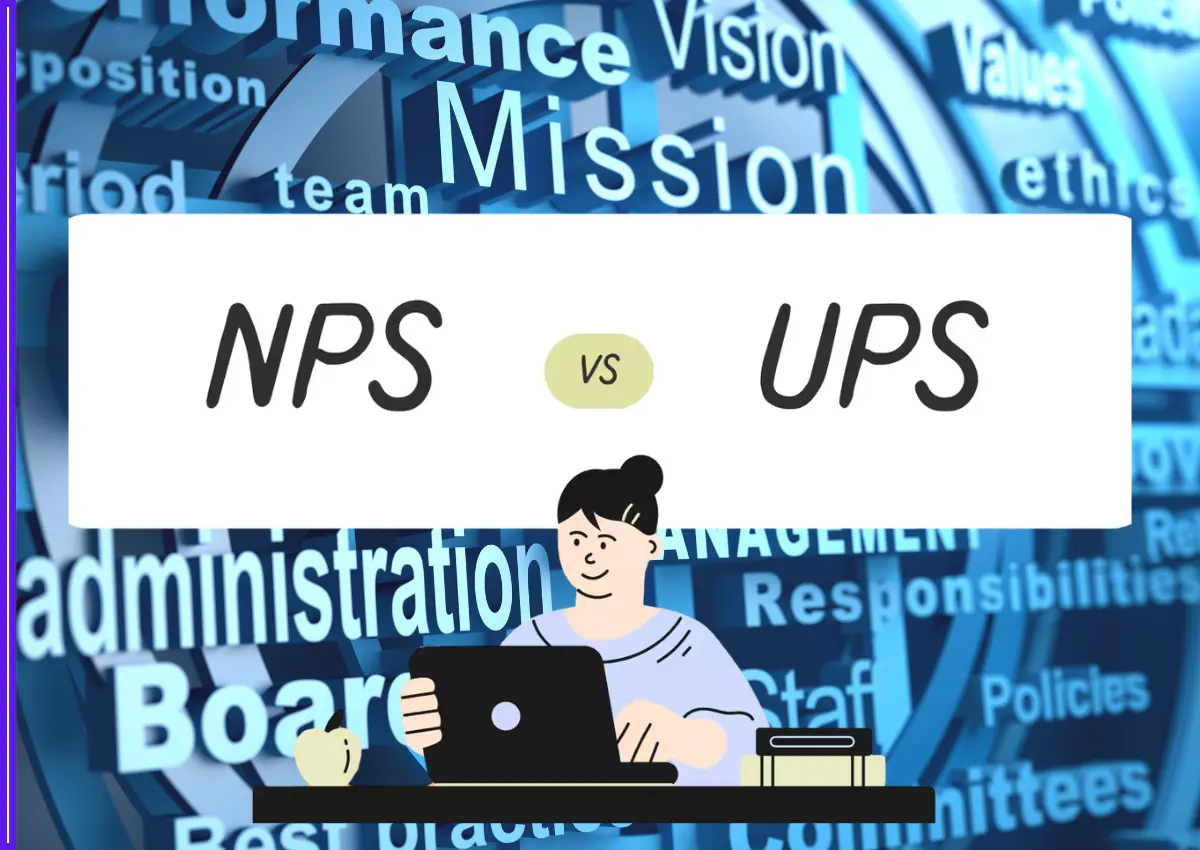‘ Breaking Barriers, Building Futures’
In the twenty-first century, women’s empowerment and access to education have become crucial forces behind both social and economic advancement. Women’s education and empowerment are now top priorities on international agendas due to the fight for gender equality and the realization of the essential role that women play in society. The empowerment and education of women are essential to establishing gender equality. Giving women access to high-quality education will enable them to follow their goals, take part in decision-making, and give back to society. Women who have had an education are more able to overcome prejudices and conventional gender roles since they have gained information, skills, and confidence. In order to truly empower women, supportive settings, fair opportunity, and rights advocacy are also necessary. Empowerment and education working together can create a more equitable and inclusive environment for everybody. This essay explores the critical role that education plays in empowering women, dismantling obstacles, and creating a more promising future for everybody.

Breaking the Chains of Ignorance and Tradition
Women who get an education are better informed. They learn about their rights and are assisted in overcoming cultural norms and conventional preconceptions. Deeply rooted cultural standards have prevented women from getting into school in many regions of the world. However, these conventions are coming under pressure as educational options keep growing. Educated women are more prone to challenge social norms and work toward a more just society.
Economic Empowerment
A key factor in economic empowerment is education. It provides access to more lucrative employment options and financial independence. Women with education have greater access to well-paying employment that benefits not only themselves but also their families and communities. Women who are economically empowered are able to participate more actively in the financial health of their households and have a voice in financial matters.
Empowering Voices and Choices
Economic empowerment is only one aspect of empowerment; other others include choice and voice. Education develops critical thinking skills and self-assurance, which empowers women to take part in decision-making. Women who have access to high-quality education frequently take an active part in their communities and have a voice in decisions that affect their
families, societies, and personal lives.
Generational Impact
Future generations benefit when educated and empowered women influence society. Mothers with higher levels of education are more likely to instill in their kids the value of education and foster a culture of learning in the home. This intergenerational influence is crucial for ending the poverty and illiteracy cycle.
Importance of Women’s Participation
Because of the interdependence of these elements, initiatives to promote women’s empowerment and access to education frequently call for an all-encompassing, multifaceted strategy that entails cooperation between local authorities, governments, civil society, and international organizations. When all of these issues are resolved, a setting may be established where women can seek education and benefit from the empowerment that accompanies it.

The value of women’s involvement Women’s involvement can be used by organizations as a means of support or by legislators as a means of control. Engagement can take various forms: direct, indirect, formal, casual, political, social, or administrative. Women may participate in Panchayat Raj organizations in a variety of ways. It covers any and all actions that demonstrate women’s engagement in administrative procedures, such as developing policies and plans for programs, putting them into action, and assessing how well they work for the target populations of development. Politics has been linked to seven Indian women during the time of pre-independence. They participated in the independence movement as leaders as well as volunteers. Following independence, women in India were promised legal equality under Article 15 of the Constitution. Despite the Indian Constitution’s guarantee of equal rights for all citizens, women’s representation in politics in India remains relatively low. The reality is that women hold little authority at the federal and state levels. The fact that barely 10% of India’s population is represented in the Lok Sabha is a sad state of affairs. Out of 233 MPs in the Rajya Sabha currently in office, 21 are women. This is only 9% of the total, which is even less than in the Lok Sabha. Even while it is frequently said that women in political leadership will lead to a more cooperative and less conflict-prone society, male dominance in the Army, Parliament, bureaucracy, court, and police all indicate gender disparity at the societal level. Women’s submissive and unequal status is further compounded by their lack of economic and political authority.8. Even with its own constitution, India was unable to attain moral principles like social justice, equality, and fairness after independence. Not even having a female prime minister for a few years improved the status of women.
Conclusion
The concepts of women’s empowerment and education are intertwined and have significant effects on both individuals and societies. For women to take charge of their lives, break free from the bonds of convention, and build their future, education is essential. It is an effective
strategy for reducing gender inequality, correcting gender inequities, and creating a more welcoming and just society. Educating women to empower them is not only a social justice issue, but also a step toward a more prosperous and brighter future for all. It’s a trip worth taking, with each step and obstacle overcome.





